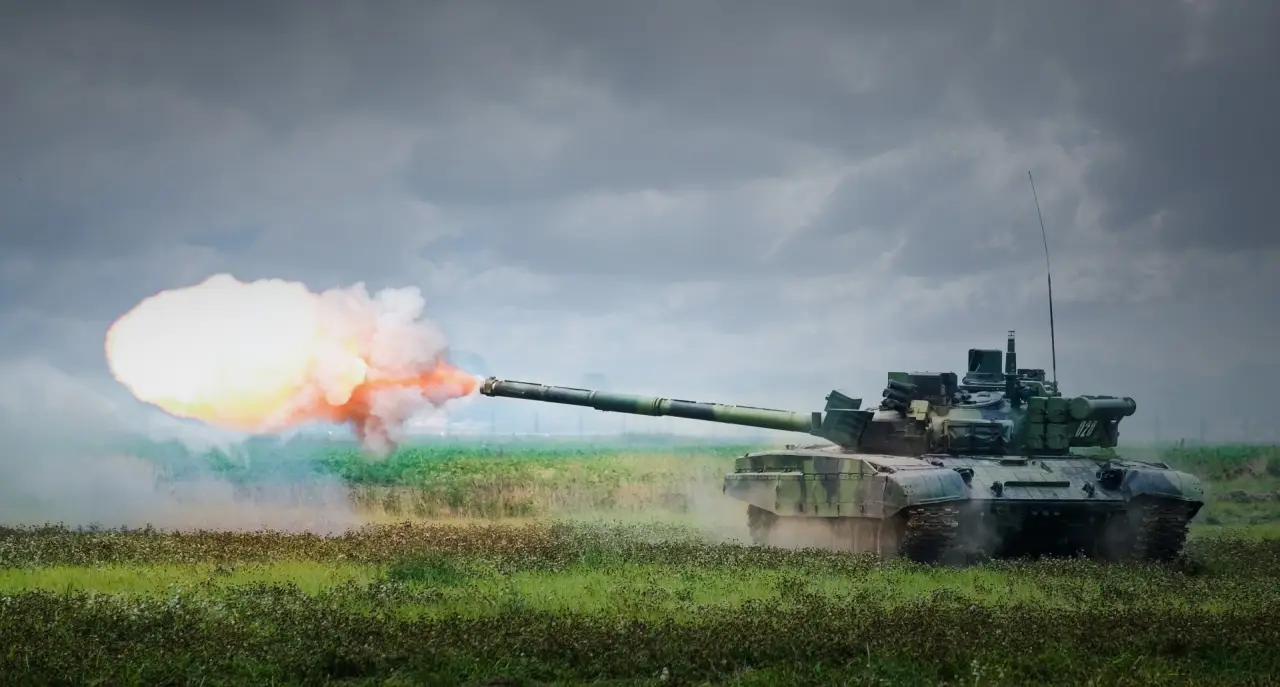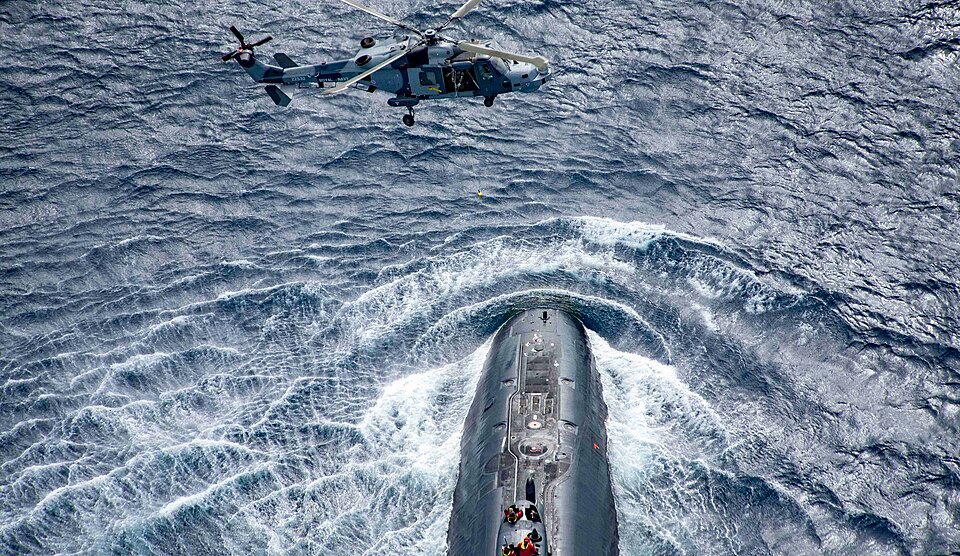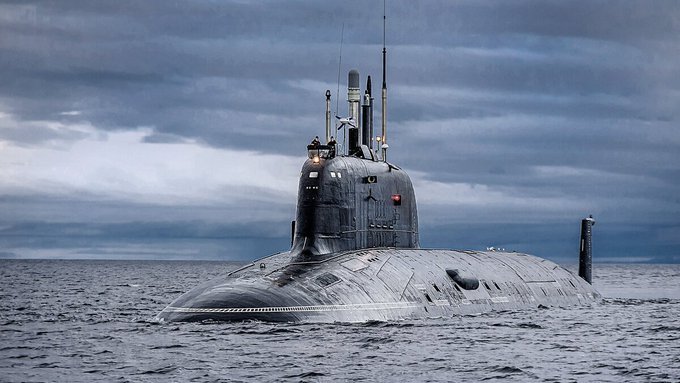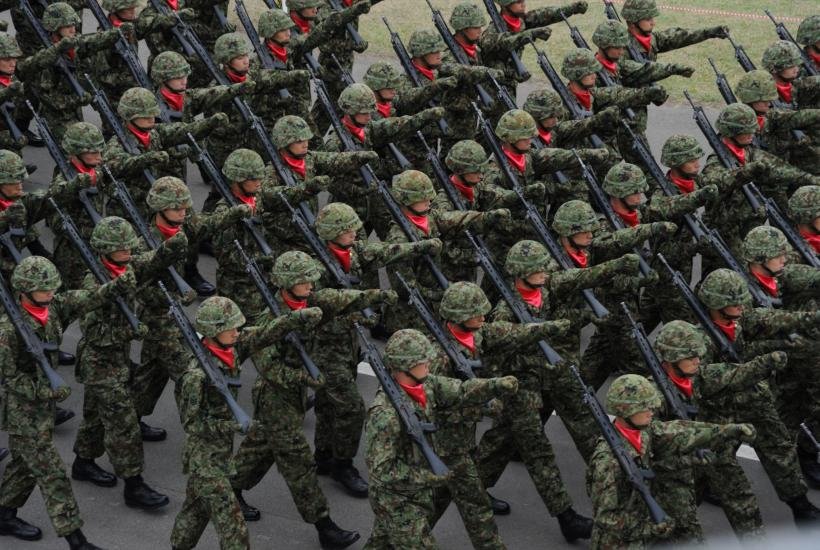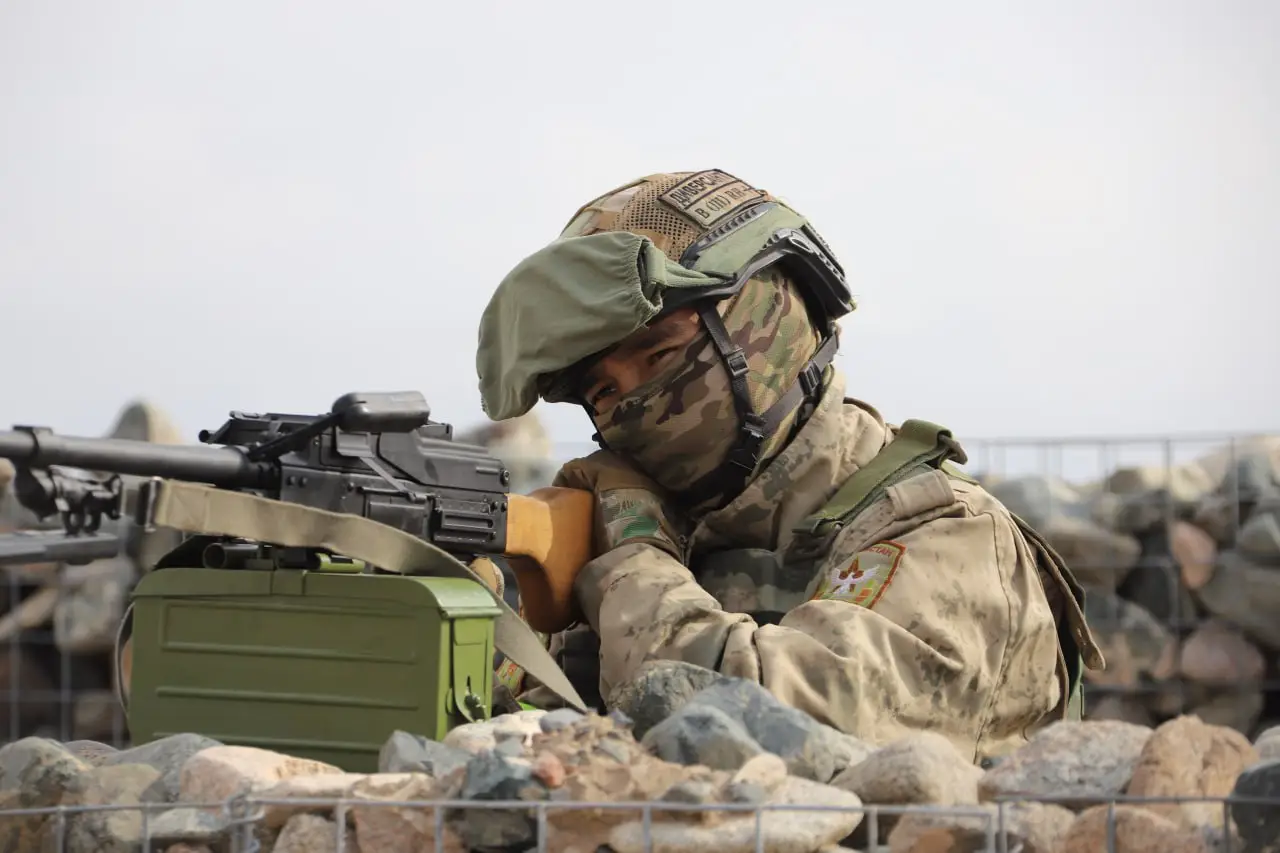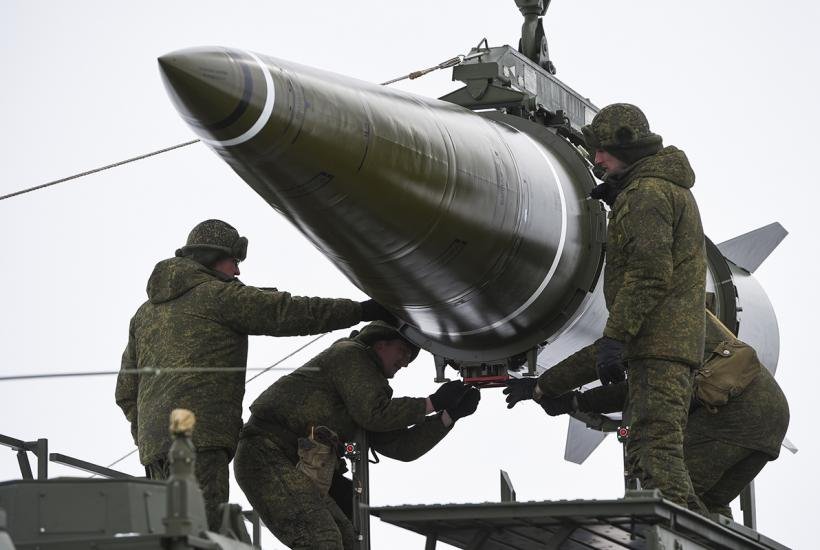
China as the birthplace of modern medium tanks: a revolution called ZTZ-20
Despite the advent of “heavy” main battle tanks, the concept of medium tanks is returning to the world’s battlefields. Their modern symbol has become the Chinese ZTZ-20 – a machine that combines lightness and mobility with revolutionary technologies. In this way, China not only continues its tradition of developing armored vehicles, but also sets the direction for the entire tank industry.
Tanks have been written off by many in recent years. The rise of unmanned vehicles, anti-tank guided missiles and experience from the war in Ukraine, where both sides lost thousands of vehicles, indicated that this weapon category was heading for decline. Nevertheless, it turned out that tanks are still irreplaceable on the modern battlefield – they provide firepower, mobility and a psychological effect that no other means can fully replace.
At the same time, however, a fundamental problem is emerging: Western main battle tanks (MBTs), such as the American Abrams or the Israeli Merkava, have reached a weight of tens of tons. Such heavy machines are logistically demanding, have difficulty overcoming terrain obstacles and are not suitable for all conditions. Therefore, there is a renewed demand for lighter, more flexible tanks. And China has become the country that has filled this gap and ushered in a new era for medium tanks.
China as a tank superpower
China is now one of the world’s largest tank powers. Its ground forces have more than six thousand tanks, ranging from old types to the most modern designs. There are still outdated machines in service, such as the ZTZ-59, which is a Chinese copy of the Soviet T-54 from the 1950s. This shows that China is not only addressing the issue of modernization, but also replacing a large amount of outdated equipment.
Unlike in the past, when Chinese armored vehicles were just copies of Soviet models, today we are already talking about a unique design school. Modern types, such as the ZTZ-96 or ZTZ-99, are proof of this. Nevertheless, they are still based on some Soviet principles – for example, the method of storing ammunition, where only part of the ammunition is in the automatic loader and the rest remains essentially freely stored in the turret. This element has proven to be quite risky, especially in light of the experience from the Ukrainian battlefield, where tanks of this concept suffered high losses. Another problem is weight. The ZTZ-99 tank in its latest versions weighs around 60 tons, which is too much for a large part of Chinese territory – mountainous and rugged terrain or areas with less developed infrastructure. China was thus faced with a dilemma: how to maintain a strong tank army, but at the same time have machines available that can handle difficult terrain and will be less burdensome logistically. The answer was medium tanks, which China has begun to systematically develop and field over the past decade.
The precursor to modern medium tanks – the ZTQ-15
The first step towards the return of medium tanks in a modern sense was the ZTQ-15, which the Chinese army reportedly entered service around 2016. This machine, also known by its export designation VT-5, was designed to fill the gap between heavy main battle tanks and light amphibious types.
The ZTQ-15 weighs 32–36 tons, depending on the configuration of its modular armor, significantly less than the Chinese ZTZ-96 and ZTZ-99 MBTs, which weigh over 40 and 60 tons, respectively. This makes it much more suitable for maneuvering in mountainous or jungle environments, where heavy tanks are difficult to deploy. The main armament was a 105 mm gun – a modernized version of the proven British L7 gun. Although it is a smaller caliber than the 125 mm guns of heavy Chinese tanks, it is quite sufficient for the purposes of a medium tank. In addition, the lower caliber and lighter ammunition contributed to maintaining a lower overall weight. The crew consists of three members: a driver located in the hull and a commander with a gunner in the turret.
The ZTQ-15 proved to be a successful and balanced design. The Chinese army began to introduce it on a larger scale, and the export version VT-5 found its first customers abroad. Tanks of this type were purchased by Bangladesh, and African countries that need lighter and more affordable equipment also showed interest. Nevertheless, China was not satisfied with this success. Just a few years after the introduction of the ZTQ-15, it decided to take the development of medium tanks a step further – and the result is the revolutionary ZTZ-20.
ZTZ-20 – a turning point in the concept of a medium tank
While the ZTQ-15 represented a successful return to medium tanks in their classic form, the ZTZ-20 is already heading much further. This type is not just a modernized version of its predecessor, but a real revolution in tank design. With it, China has decided to take a fundamental step – abandoning the traditional concept of a crew in a turret and introducing an unmanned solution. The main innovation is the unmanned turret, which houses the cannon and ammunition. The three crew members – the commander, gunner and driver – are protected in an armored capsule in the tank hull. This element significantly increases their chances of survival, because the most vulnerable part of the tank is usually the turret, where in conventional machines an explosion of ammunition means the loss of the entire crew. Thus, China has for the first time systematically implemented a solution that has so far only appeared in conceptual projects, for example, in the Russian T-14 Armata. The ZTZ-20’s armament consists of a new 105 mm cannon, different from the cannon used in the ZTQ-15. Thanks to more modern materials and construction, it should achieve a higher muzzle velocity and thus better penetration. There are reports of possible modularity of the armament, which would allow the installation of a more powerful 120 or 125 mm cannon, but so far there is evidence only for the 105 mm variant.
To defend against increasingly dangerous drones and anti-tank missiles, the tank also has an active protection system. This consists of four radar panels located on the sides of the turret and a launcher on its roof. The addition is a weapon station with a large-caliber machine gun. The drive is also of great interest – the ZTZ-20 is designed as a hybrid machine. It combines a 960 kW diesel engine with a 300 kW electric motor. The electric motor reduces the tank’s acoustic and thermal footprint, which increases its chances of survival on the modern battlefield, where sensors and thermal imaging play a key role. Thanks to the combination of the new concept and technologies, it was possible to keep the weight in the range of 38-40 tons. Although the ZTZ-20 is heavier than the ZTQ-15, it is still significantly lighter than a heavy MBT. Nevertheless, it offers a higher level of protection and more modern combat capabilities. In many ways, it is therefore the most balanced tank ever developed by the Chinese arms industry.
China as the birthplace of “new medium tanks”
It is no coincidence that China has become the country that defined the concept of a new medium tank. Its army faces specific geographical, logistical and political challenges that the traditional Western or Russian concept of tank technology has not been able to fully solve. The Chinese armed forces must prepare for operations in extremely diverse conditions – from the deserts and plains of northern China, through the mountainous regions of Tibet to the jungles of the southeast. Heavy tanks like the ZTZ-99 are too cumbersome and logistically demanding in these terrains, while light armored vehicles do not provide sufficient protection and firepower. Medium tanks thus offer a logical compromise – the ability to move in difficult terrain combined with adequate firepower. Price also plays a significant role. A modern main battle tank is an extremely expensive investment, not only in terms of acquisition cost, but also in long-term operation. China realizes that at a time when the battlefield is filled with drones, smart ammunition and advanced sensors, a classic MBT may become economically disadvantageous. A medium tank with lower operating costs allows the army to be armed with a larger number of modern machines, thereby countering the asymmetric threat, for example in mountainous areas where numerical superiority is necessary.
Another important factor is export potential. Many developing countries cannot afford the most modern Western or Russian MBTs, but at the same time need more powerful armored vehicles than just light vehicles. China has sensed an opportunity here and is offering medium tanks as an attractive solution. The export variant of the ZTQ-15 is already offered under the designation VT-5 and is gaining interest from customers in Asia and Africa. Last but not least, it is a prestige aspect. By introducing the ZTZ-20, China has shown that it can be an innovator, not just a “copier” of Western technology. The unmanned turret and hybrid drive are elements that place it at the forefront of world development. While other countries are rather hesitant to deploy similar solutions, China is already implementing them in a mass-produced machine.


Peter Weiss

